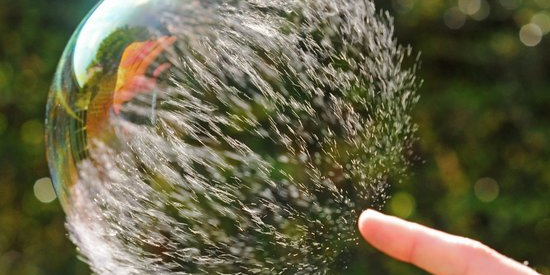What is the function of surfactants in the formation of stable foam?
Surfactants, or surface acting agents, play a vital role in the formation of stable foam. These substances consist of amphiphilic molecules – that is, molecules that have hydrophilic (water-loving) heads and hydrophobic (water-fearing) tails. They are critical in producing foam and maintaining its structure.
How Surfactants Contribute to the Formation of Stable Foam
Here’s a comprehensive account of the critical role of surfactants in stable foam formation:
1. Reducing Surface Tension:
The primary function of surfactants is to decrease the surface tension of a liquid, the property that holds a liquid surface intact. By doing so, they facilitate the creation of bubbles, the fundamental elements in any foam structure. Without this surface tension reduction by the surfactant, the energy barrier to forming bubbles would be too high to overcome, and foam formation would be impossible.
2. Bubble Stabilization:
Bubbles, by nature, are unstable and prone to collapsing due to the pressure difference between their interior atmosphere and the surrounding liquid. Surfactants combat this instability by positioning their hydrophilic heads towards the water and their hydrophobic tails towards the air. This creates a kinetic barrier, preventing the bubbles from coalescing or merging, which would otherwise lead to bubble collapse and foam destabilization.
3. Formation of Strong Lamella:
Surfactants align themselves on the interface between the gas (air) and the liquid, forming a thin layer referred to as the ‘lamella’. This lamella, due to the presence of the surfactant, is much sturdier and more resistant to rupturing, providing the bubbles with the structural integrity required for a foam to maintain its shape and form.
4. Slowing Down Drainage:
Foam in its nature is a dynamic structure with liquid continuously draining from the lamella. Surfactants slow down this process by increasing the viscosity of the liquid in the foam. By doing so, they help maintain the liquid volume within the foam, further enhancing its stability.
In summary, the surfactant is the quintessential ingredient for stable foam. They reduce surface tension, which aids in bubble formation, they stabilize these bubbles and prevent them from coalescing, they reinforce the structure of the foam through the formation of strong lamella, and finally, they slow down the drainage, upholding the foam’s solidity and preventing it from disintegrating.







